Stephanie Cragg
Lead PI (Core Leadership)
University of Oxford
Stephanie Cragg, MA, DPhil, is Professor of Neuroscience in the Department of Physiology, Anatomy and Genetics at the University of Oxford, and a fellow of Christ Church College Oxford. Her research focuses on elucidating the mechanisms that govern dopamine transmission within the basal ganglia, spanning the interacting circuits and underlying cellular and molecular mechanisms. She has a strong focus on identifying dysfunction in Parkinson’s disease, through investigations in a range of parkinsonian models: transgenic, toxin-, or aggregation-induced. Dr. Cragg and her team have technical expertise in the use of electrochemistry, electrophysiology, neuropharmacology, and conditional genetic targeting, as well as optical and imaging technologies to probe the mechanisms governing dopamine transmission. Dr. Cragg is an Associate Editor of the open access journal npj Parkinson’s disease and is a founding Investigator of the Oxford Parkinson’s Disease Centre.
Teams
Themes
Tags
Recent ASAP Preprints & Published Papers
Inhibition of striatal dopamine release by the L-type calcium channel inhibitor isradipine co-varies with risk factors for Parkinson’s
Impaired dopamine release in Parkinson’s disease






